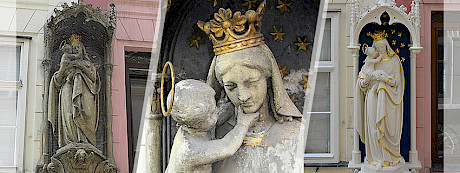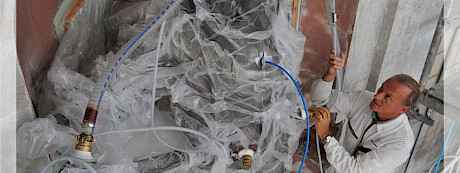Vacuum-Circling Process: A Innovative Stone Conservation Method
06/09/2016 - 10/09/2016By Erich Pummer
Abstract
The vacuum-circling process (VCP) has been developed to minimise and avoid disadvantages associated with common surface treatments with silica acid ester (ESE). Shallow treatments with ESE using the “run-over application”, “brushing application” and “pad application” have been not able to achieve a profound penetration. The possible outcomes are the shedding of a few millimetres’ thickness, and spalling, which irretrievably destroys the original surface within a few years of treatment. The main problem of consolidation by plunging is that non-accelerated ESE may be leaking or sinking after treatment. Even objects with a highly damaged structure are often able to be treated with ESE using VCP because of the possibility of deep penetration when common ESE treatments fail. The method is also suitable for the consolidation of stone objects with surfaces showing varied or reduced permeability. The use of various strengthening agents is possible, and it is also possible to treat other materials, such as wood or concrete. Contamination of the environment, adjacent areas and users are eliminated using the process. Following restoration, intervals between treatments are increased due to the longlasting conservation effects achieved by VCP treatment. The method of vacuum-circling has been successfully applied to a wide range of international monuments of various stone types. The effectiveness has been proven and documented by scientific methods via acknowledged institutes and also as part of promoted research projects by the EU and Deutsche Bundesstiftung Umwelt. Keywords: vacuum, strengthening, consolidation, stone conservation, demineralisation.
1. Vacuum-Circling Process (VCP) application
VCP (European patent No. 1 295 859/Austrian patent No. E 366.232, patents owned by Erich Pummer GmbH) offers a possibility for restoring monuments, stone sculptures, façades and other freestanding and weathered objects. A key advantage of applying the VCP is the high-level reliability observed due to the optimal penetration properties of the various strengthening agents in porous stone or other materials. This is an existentially important requirement, since a large number of listed monuments have suffered serious consequential damage in the last few decades as a result of pure surface treatment. This vacuum technology-based method is reliable and economic to apply in situ or in workshops. There are no superfluous chemicals that could build up or leak out, making this a user- and environment-friendly work method. With easy technical adaptations it is also possible to use the treatment for demineralisation and drying. To create an airtight environment, the object in question – there are no limits to the size or form of the objects – is shrink-wrapped in solvent-resistant plastic film. A vacuum pump is used to draw the air out from the plastic film bag and also from the stone object’s pore volume. Once a relative vacuum has been achieved, a precise dosing system allows the injection of an appropriate strengthening agent which immediately distributes itself evenly in the vacuum and deep into the stone, even when the surface is predominantly covered with impenetrable coatings, as investigations have shown. The whole process is completely odourless, without any overspill.
The equipment is easily moveable and offers the possibility to conserve objects in any position or situation, on buildings or freestanding (Fig. 1 and Fig. 2). The principle of VCP is shown in Fig. 2.
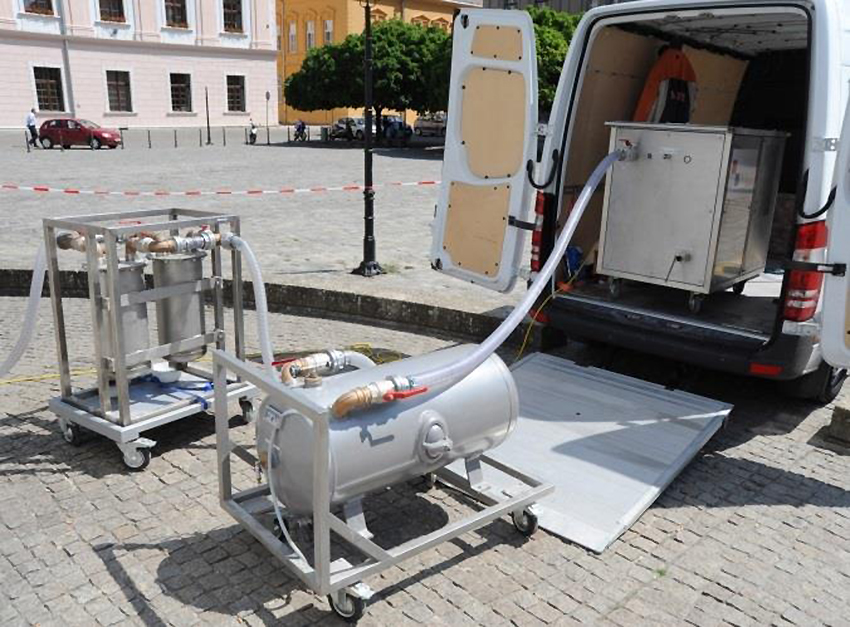
Fig. 1: Mobile VCP equipment, vacuum pump (in the back of the van), balance tank (middle), tank A&B combination (left; see Fig. 2 for further details).
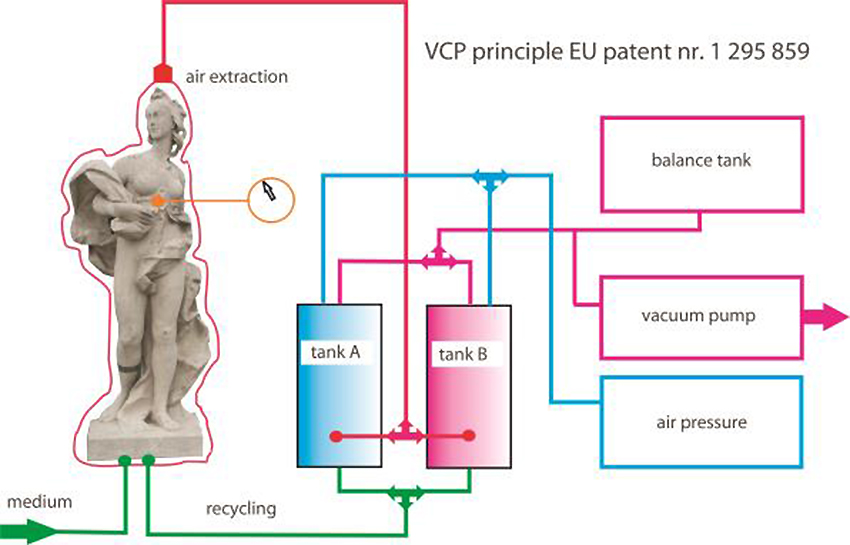
Fig. 2: Principle of the vacuum circling process.
2. Operation, utilisation and results by object examples
2.1. Demounted Madonna by Austrian sculptor Joseph Käßmann (1845)
2.1.1. Processing
The sculpture was situated on a façade in the 7th district of Vienna. It is sculptured in a very porous calcareous Arenite with an original polychromic executed using an oil technique. The sculpture was demounted and was transported to the restoration laboratory of the University of Applied Art. The conservation and restoration of this statue are the subject of a diploma thesis with the task of strengthening the inner structure of the Madonna, which is covered by several layers of oil paint (2, see Paper for the 13th International Congress on the deterioration and Conservation of Stone 2016; M. Milchin et al. 2015). As a first step, the whole statue was wrapped in polypropylene fleece material (Fig. 3). This material had the function of protecting the surface of the statue but also to avoid leaking of the polyethylene foil used to create the airtight environment. On the highest points of the statue, purging valves were fixed with the foil. At the lowest position, inflow valves were mounted. A manometer for controlling the negative pressure inside the foil was also connected (Fig. 3).
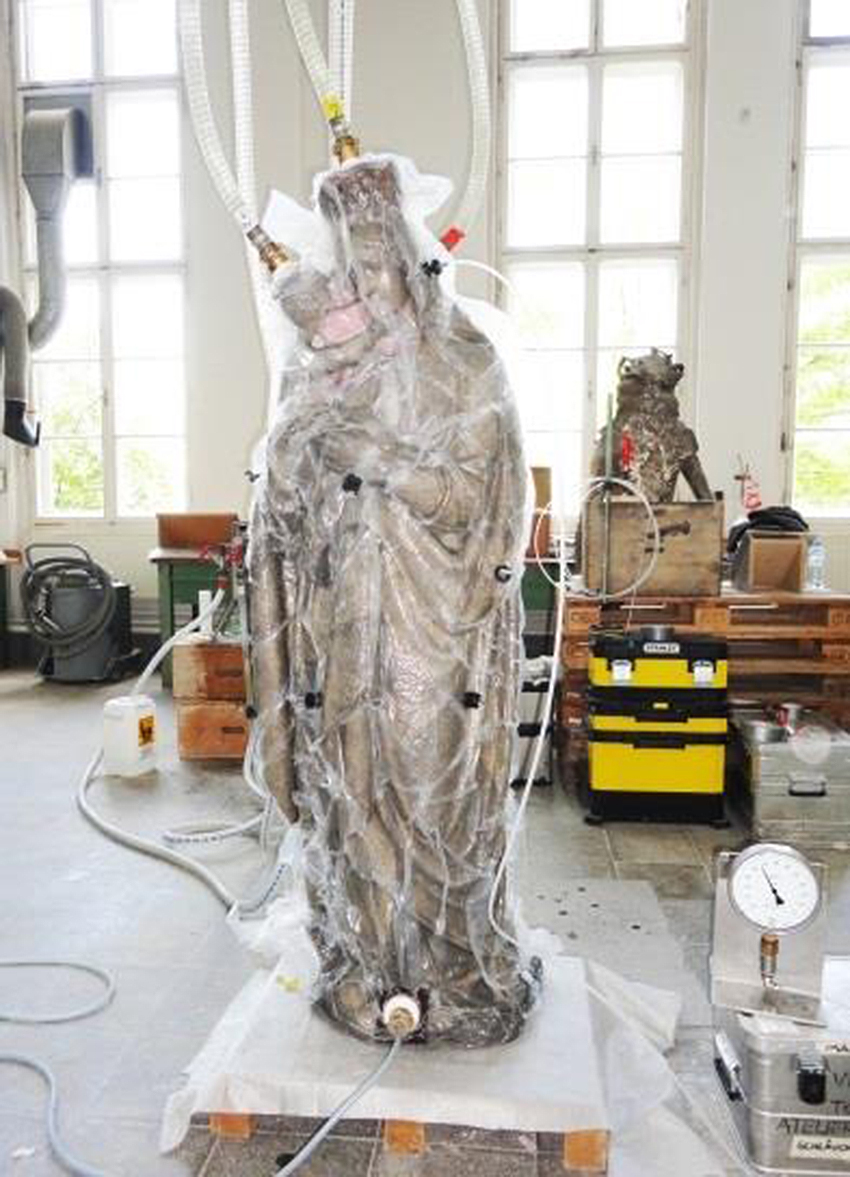
Fig. 3: VCP treatment of the 160-cm-high statue.
After evacuating the air, the inflow of the strengthened medium silica acid ester (ESE) 300E/accelerated began. The negative pressure inside the foil went up to 800 mb and lasted for the whole process of 6 hours. When no more medium was absorbed by the stone the degree of saturation was reached, controlled by measuring the backflow in the circular flow. As a result, 61 kg ESE was absorbed, despite the fact that the surface of the stone was covered by oil paint up to nearly 95 percent. The deep penetration took place through the cracks and small defects in the coating and also through the uncoated base. At the end of the treatment the excess medium was extracted by the lowest inflow valve. The surface was not left with any oversaturation because the fleece had the function of blotting paper and absorbed all surplus liquid. The reaction of the accelerated ESE usually requires a temperature-dependent time of 4–6 weeks. Because of the prompt start of the reaction, the ESE neither drained out nor sunk inside the stone.
2.1.2. Results by drilling resistance
Drilling resistance profiles report the solidity in the different steps of depths. Figures 4 and 5 show examples for drilling resistance profiles. The analysis was done in steps of 1 mm; blue curve – before strengthening, red curve – after strengthening. The results report the successful VCP treatment with ESE 300E. The increase in solidity has been achieved uniformly from the surface right into the depths.
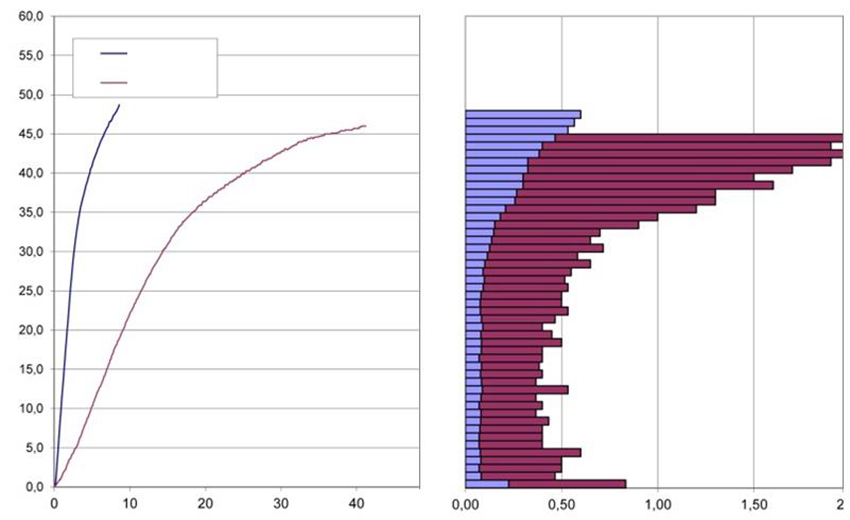
Fig. 4: Profile 1 - Garment fold right, thigh height, covered by several layers of oil paint.
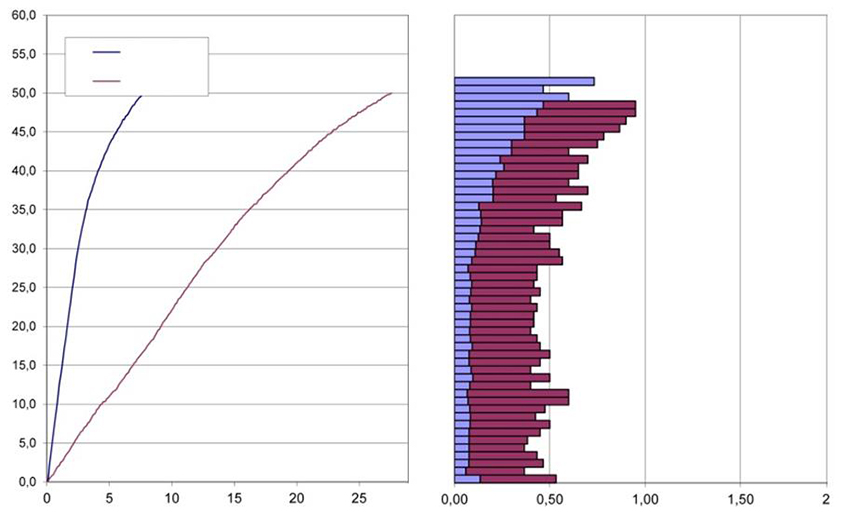
Fig. 5: Profile 2 - Garment fold right, elbow height, covered by several layers of oil paint.
2.1.3. Principle of drilling resistance measurements
The following figures (Fig. 6 and Fig. 7) show the working principle of the device used for measuring the drilling resistance prior and after the treatment by VCP.
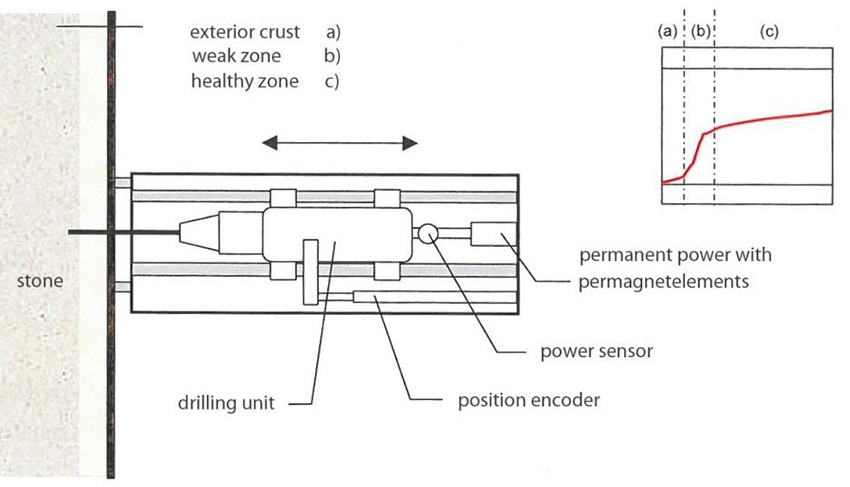
Fig. 6: Principle drilling resistance.
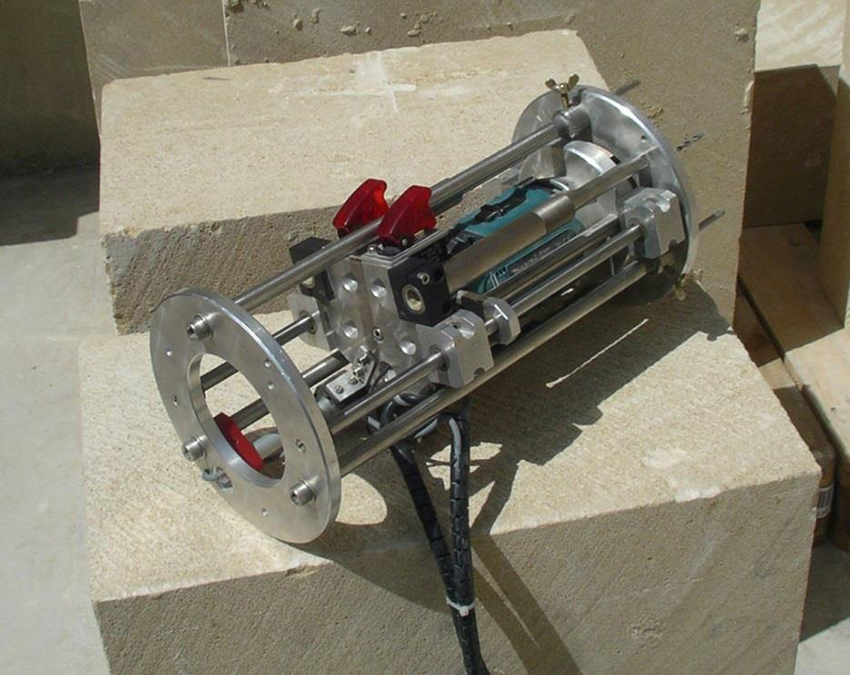
Fig. 7: Device for measuring the drilling resistance device, developed by Dr. Günther Fleischer, OFI Technologie & Innovation GmbH, Vienna, Austria.
2.2. In-situ treatment: Saint Michael’s Church in Munich, Germany
VCP conservation was implemented on four sovereign statues made of Euville limestone. These were: Theovalda, Duke Albrecht V, Duke Wilhelm V and Imperator Maximilian I. The conservation was carried out in situ without any movement of the statues, which had a height of 250 cm. The strengthened media were ESE 300E accelerated and 500E accelerated, applied in succession.
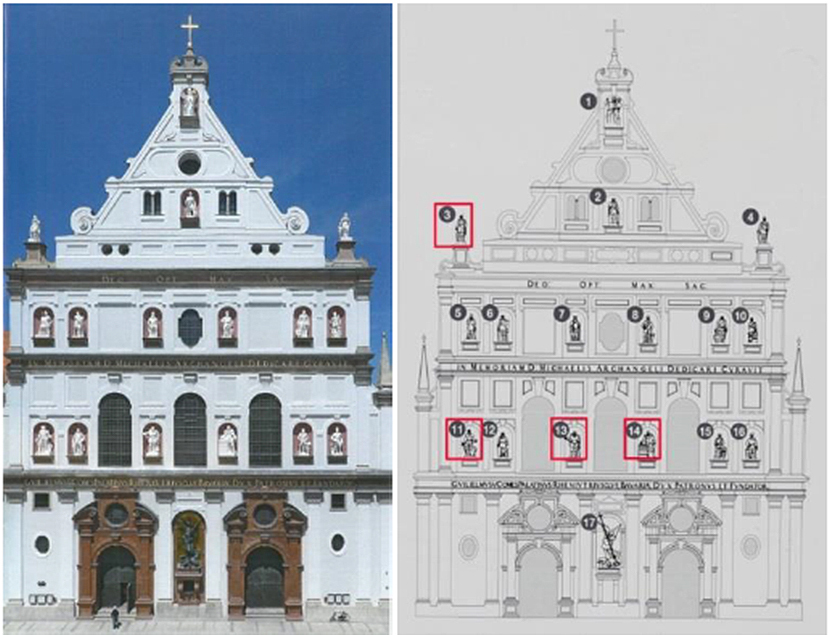
Fig. 8: VCP conservation of four sovereign statues.
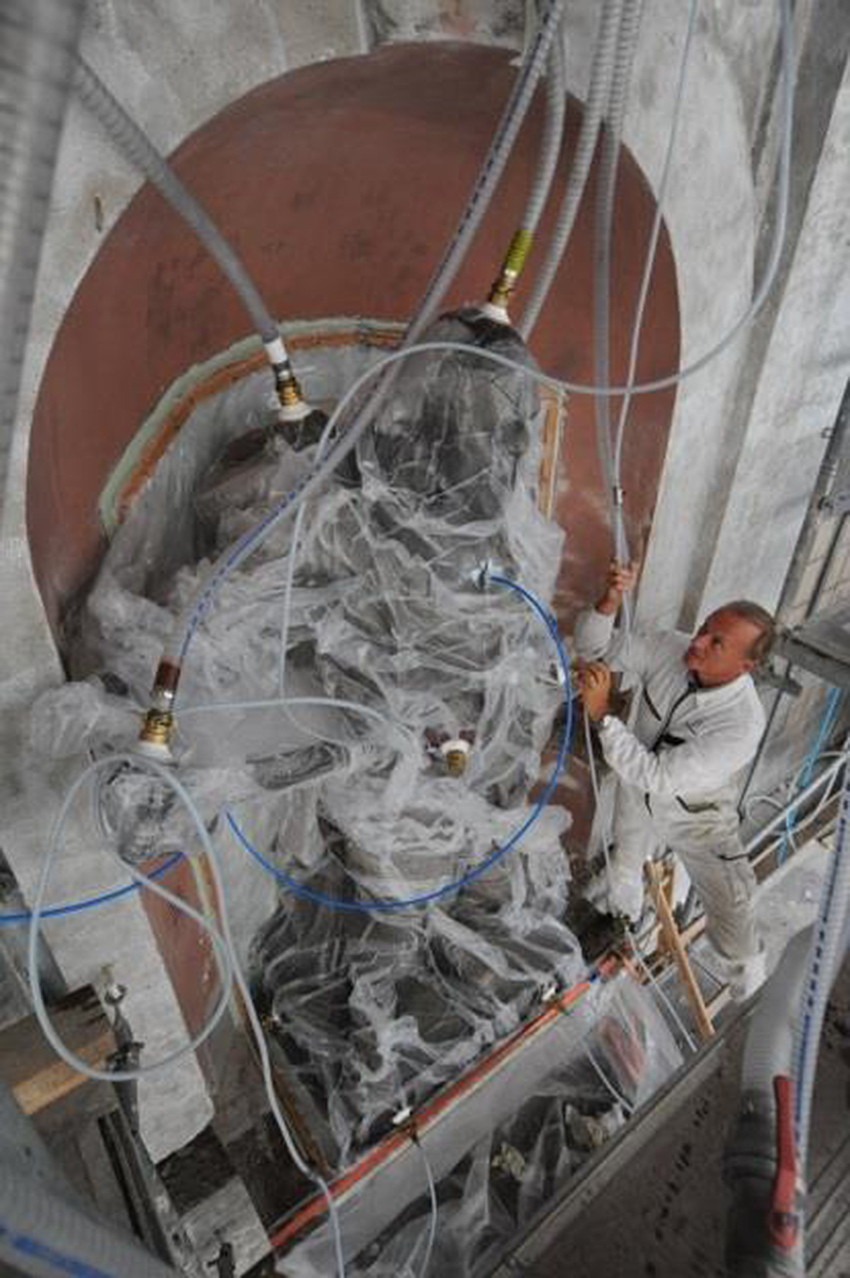
Fig. 9: In situ VCP conservation of Duke Albrecht V; Duration of treatment: 10 hours; Absorption of ESE: 50 kg.
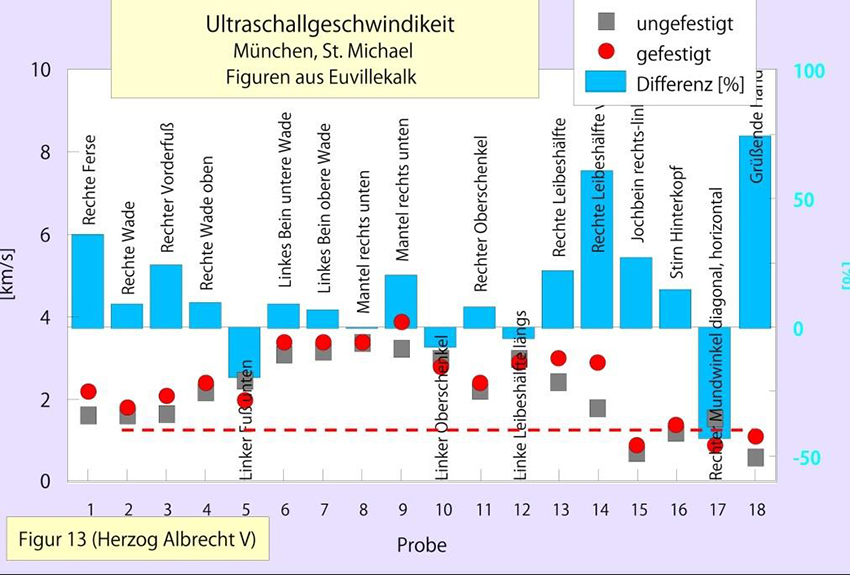
Fig. 10: Ultrasonic measurement report (grey – not consolidated, red – consolidated, blue – difference) by Dr. Eberhard Wendler, Munich (Germany).
3. Result of a surface treatment from 20 years ago
VCP conservation was implemented on four sovereign statues made of Euville limestone. These were: Theovalda, Duke Albrecht V, Duke Wilhelm V and Imperator Maximilian I. The conservation was carried out in situ without any movement of the statues, which had a height of 250 cm. The strengthened media were ESE 300E (accelerated) and 500E (accelerated), applied in succession. Up to a depth of 10 mm the outside section is still conserved, but because of the different physical characteristics of treated and untreated stone, the outside section has lost coherence to the inner structure. Therefore the harder outside section shows spalling.
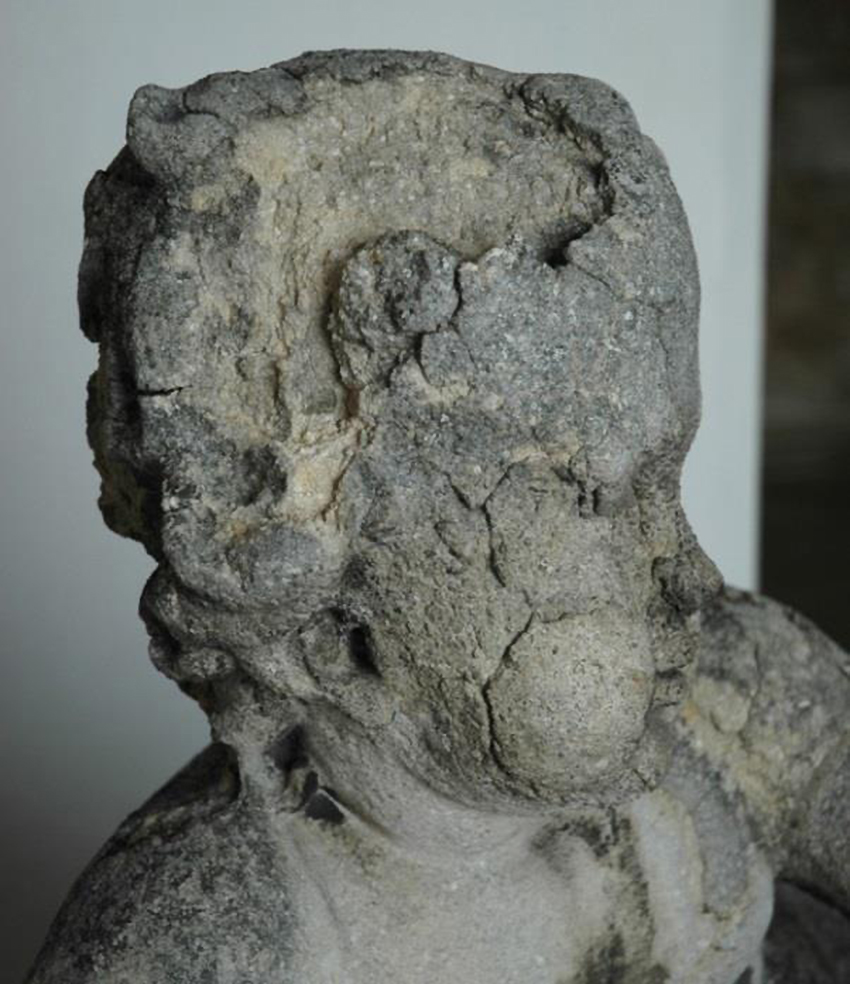
Fig. 11: Photograph of a limestone statue surface-treated with ESE 300 20 years ago.
4. Conclusion
New conservation methods are existentially important, as a large number of listed monuments have suffered serious consequential damage in the last few decades because of pure surface treatment. Most negative effects have been identified on fine-grained limestones and sandstones. Treatments with ESE are having different effects on different types of stone. The common surface treatments use methods including run-over application, brushing application and pad application. By using these treatments, more often than not, the natural capillary absorption is not sufficient to penetrate deep enough inside the stone to permeate the corroded zone to the inner, healthy core of a stone object. Using negative pressure to apply ESE enables the medium to penetrate very deep inside the stone. It is even possible to penetrate the entire already-strengthened outside zone to reach the weak inside zones below. The VCP application is also suitable for the consolidation of stone objects with surfaces demonstrating varied or reduced permeability (M. Milchin et al., 2015). Contamination of the environment, adjacent areas and of users is avoided due to the process.
References
Milchin, M., Weber, J, Krist, G., Ghaffari, and S. Karacsonyi E., 2015, 2, Ethyl-silicate consolidation for porous limestone coated with oil paint – a comparison of application methods / 2016 paper for the 13th International Congress on the Deterioration and Conservation of Stone
Files
Glasgow posterScience and Art: A Future for Stone Volume II
